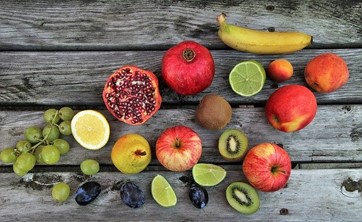
Halal Suitability vs Halal Certification
What is the Difference between “Halal Suitability” and Halal Certification?
All Halal-certified foods must be Halal-suitable, but not all Halal-suitable food is certified. A food or other consumer product may be Halal, but in a world of long supply chains and complicated manufacturing processes, it’s often impossible for a consumer to be sure without some kind of third-party assurance. Many foods are naturally Halal suitable. Most unprocessed foods would be suitable for Halal diets, aside from alcohol, pork, and meat from prohibited animals and those not slaughtered according to Islamic standards. This includes things like whole fruits, vegetables, nuts, and grains. It’s easy to see what they are and be reasonably sure that they have not been altered or contaminated in any way.
Thus, even if they are not certified, they would be considered suitable for Halal diets. In addition, many processed foods may be Halal-suitable.

Modern Production Line Concerns
For example, a commercially-produced cookie made with flour, sugar, butter, eggs, and salt would likely be Halal suitable – but it quickly gets complicated. If the cookie had been made with a lard from pork or non-Halal beef, it would no longer acceptable. The same principle applies for emulsifiers or other additives derived from non-Halal animal products, even if they make up just a tiny part of the food. Similarly, if the cookie had been produced on equipment that the bakery also used to make ham and cheese croissants, it would also no longer be Halal suitable. Only a cookie made with Halal ingredients and produced on Halal production lines could actually be certified as Halal.
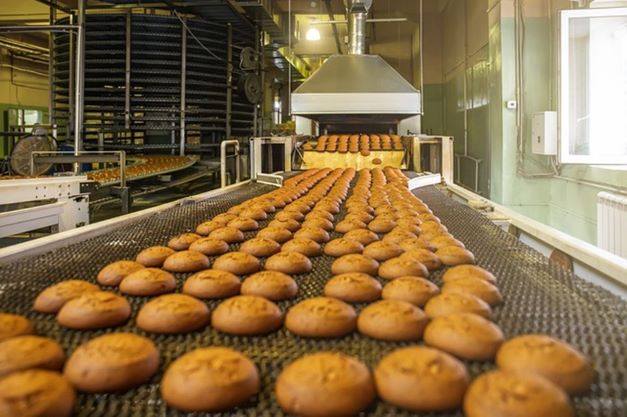
Local Small Scale Production
In the past, when most food was supplied locally, the concept of Halal certification wasn’t really necessary. Many people grew their own grains and vegetables and raised their own cattle, sheep, or goats for home consumption. Or, they may have traded with people in their community that they knew and trusted. Cooking took place mostly in the home, using whole foods and no artificial flavors or colors. While questions still arose about the acceptability of certain animal products or preparation methods, these likely would have been infrequent. In addition, many people who observed Halal diets would have lived in communities with many others who followed the same dietary rules, simplifying the issue: you could safely assume that whatever you bought would be Halal, because everyone else was eating Halal, too.
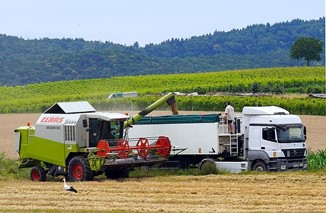
Food Supply Chain Processes
Today, food chains are global, production is complicated and removed from the home, and ingredients are easily obscured. The cookie in question might have been made with wheat grown in Canada, sugar from Brazil, and eggs and butter from the US. It could be produced in a large factory that produces dozens of other products, flavored with “natural flavors” that contain any of literally thousands of ingredients and finally shipped to just about anywhere in the world. The entire process may be completely Halal, yet the lengthy supply chain and long ingredients list introduces many opportunities for cross-contamination and unacceptable ingredients. Whereas in the past someone might have been able to see or trust how their food had been produced, a modern consumer simply cannot know. Halal certification bridges this gap in the consumer’s knowledge and lets them feel confident that foods that seem Halal suitable are truly Halal.
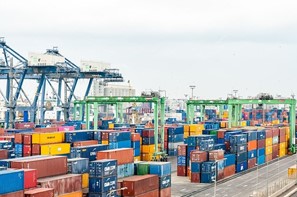
Know Your Ingredients
It’s important to note that while some Halal consumers will read ingredient lists and in the absence of obvious pork or alcohol products find it acceptable, many will not. Muslim consumers check very carefully for vague language such as “natural and artificial flavors” as well as specific emulsifiers, enzymes, and other additives. If anything is doubtful, the consumer will simply not buy the product. In some cases, this still isn’t sufficient, because Halal suitability depends on the process as well, which the consumer cannot determine from the ingredients list. Apple juice can be filtered using gelatin, often derived from pork. This renders the product unacceptable, but in such a way that is difficult for a consumer to know. As a result, many people will avoid anything that does not carry a Halal certification seal. This is especially true in certain overseas markets, and in Indonesia many products are actually required by law to be Halal certified!
This reflects the extent of the potential for doubt, contamination, and confusion, as well as the desire of Muslim consumers to have Halal certified products widely available.
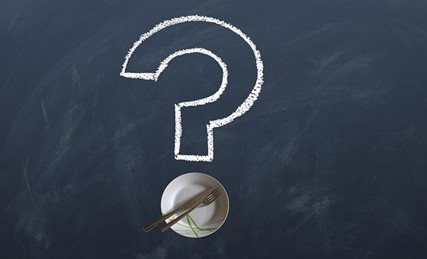
Halal suitability is a prerequisite for Halal certification, but cannot be assumed without certification. Due to the complexity of global food chains and the strong demand from Muslim consumers for Halal products, getting your Halal suitable product Halal certified is an important step to ensuring its success.
picture credit: pixabay.com